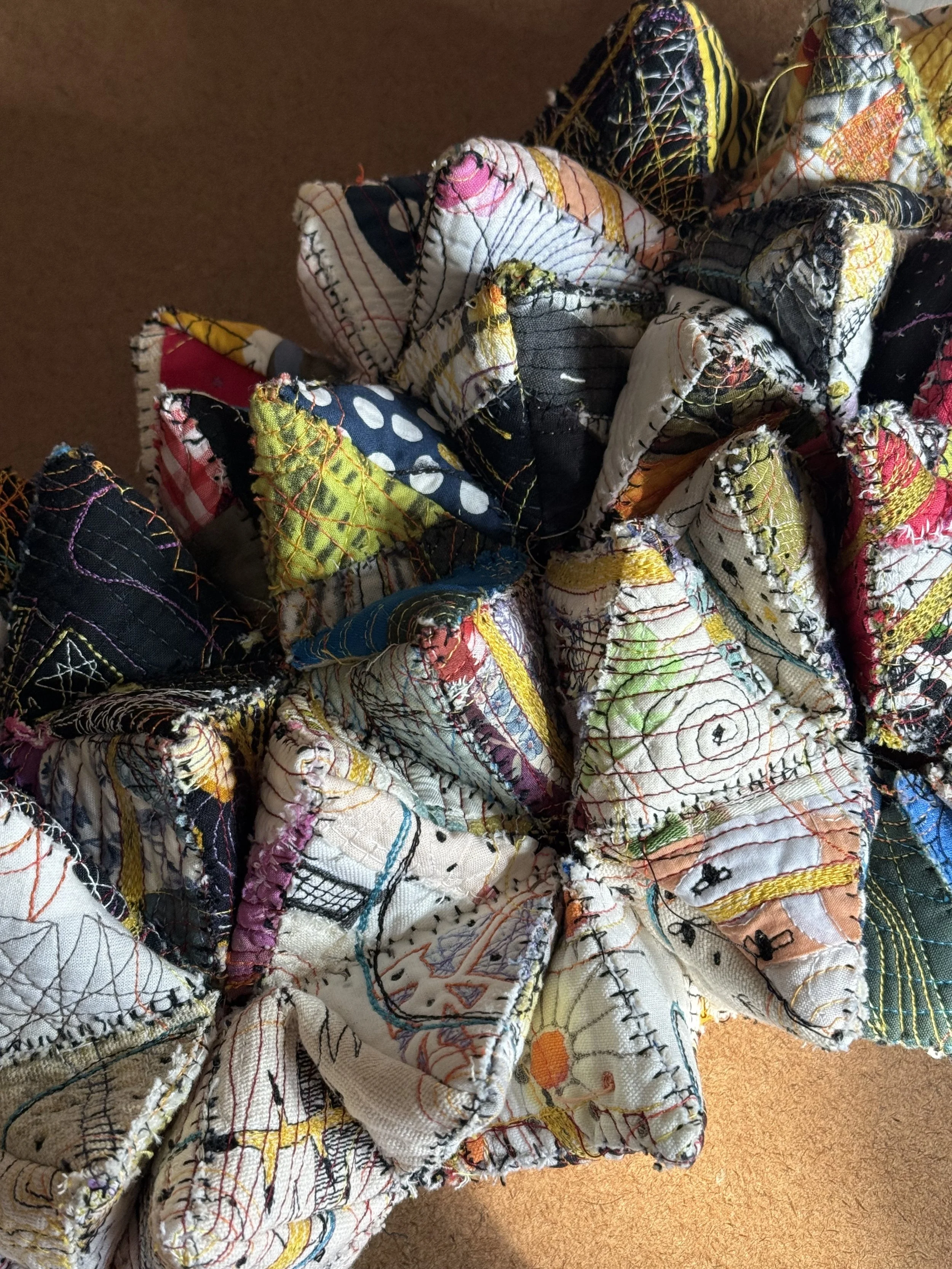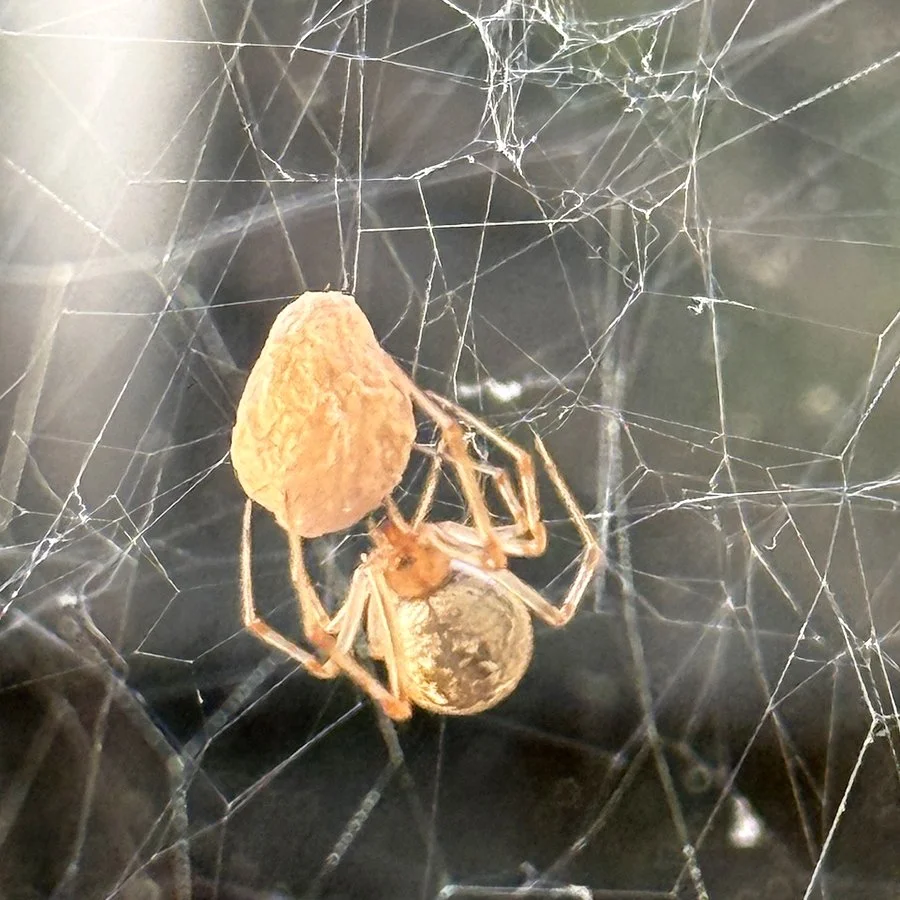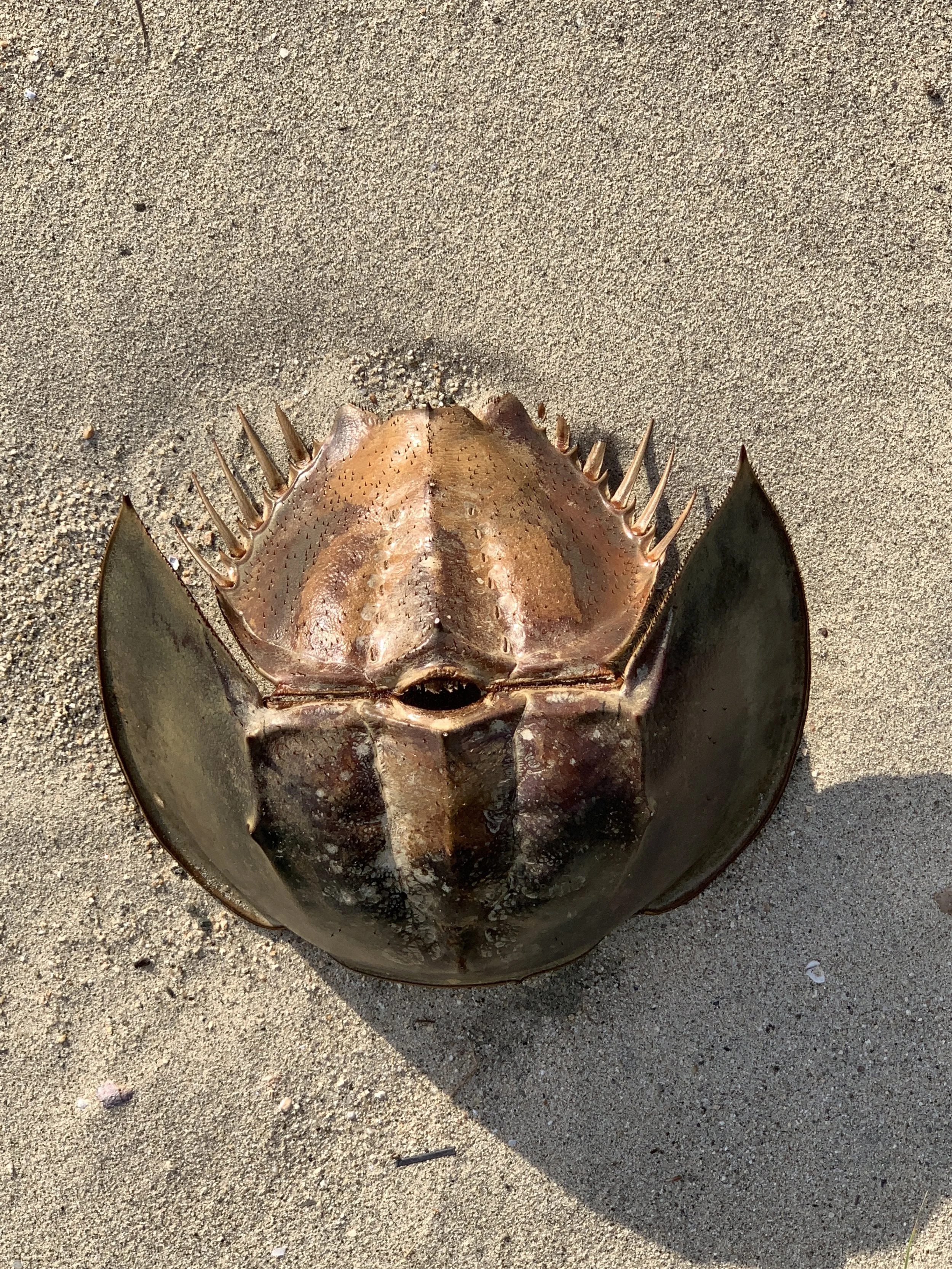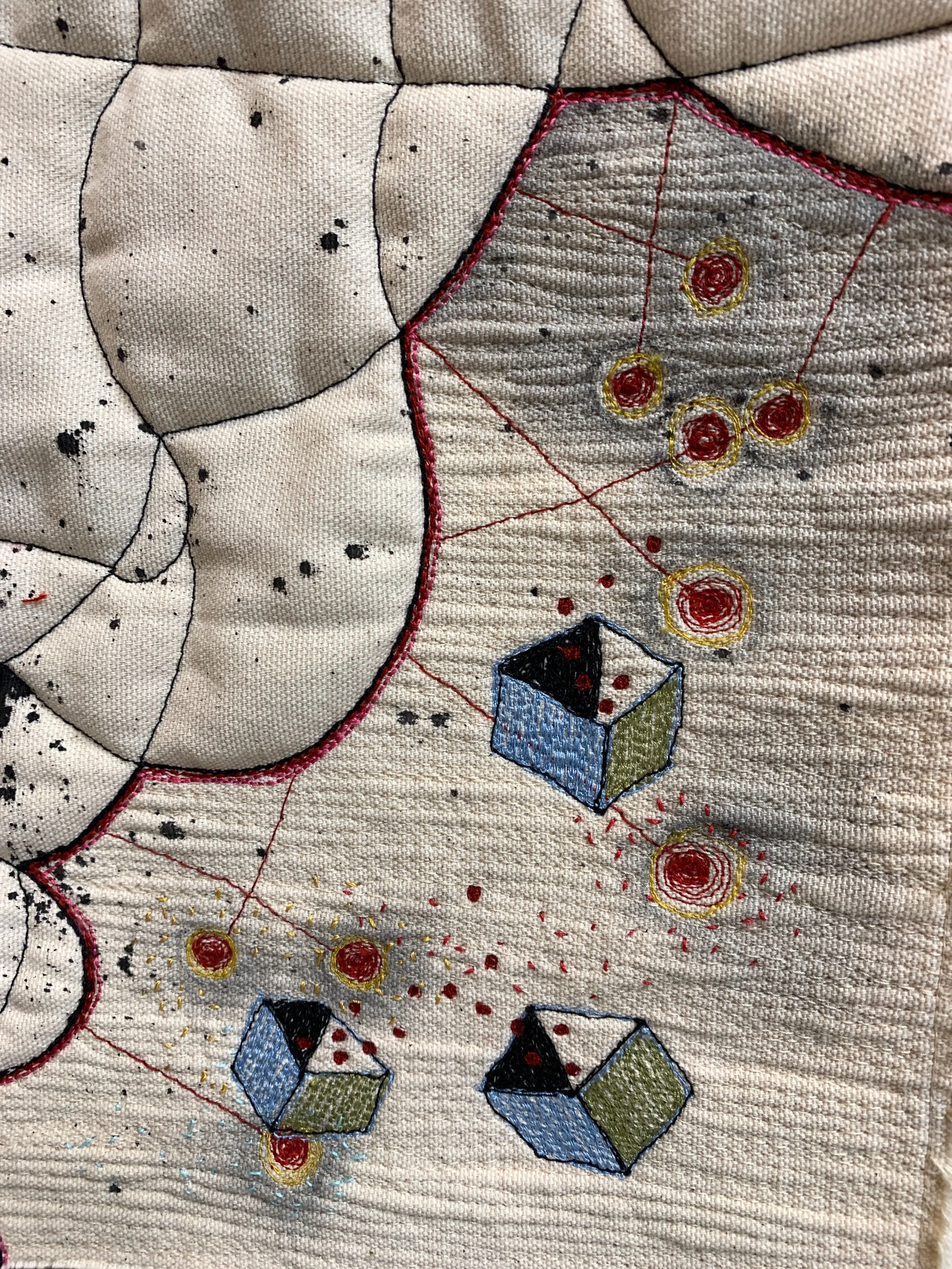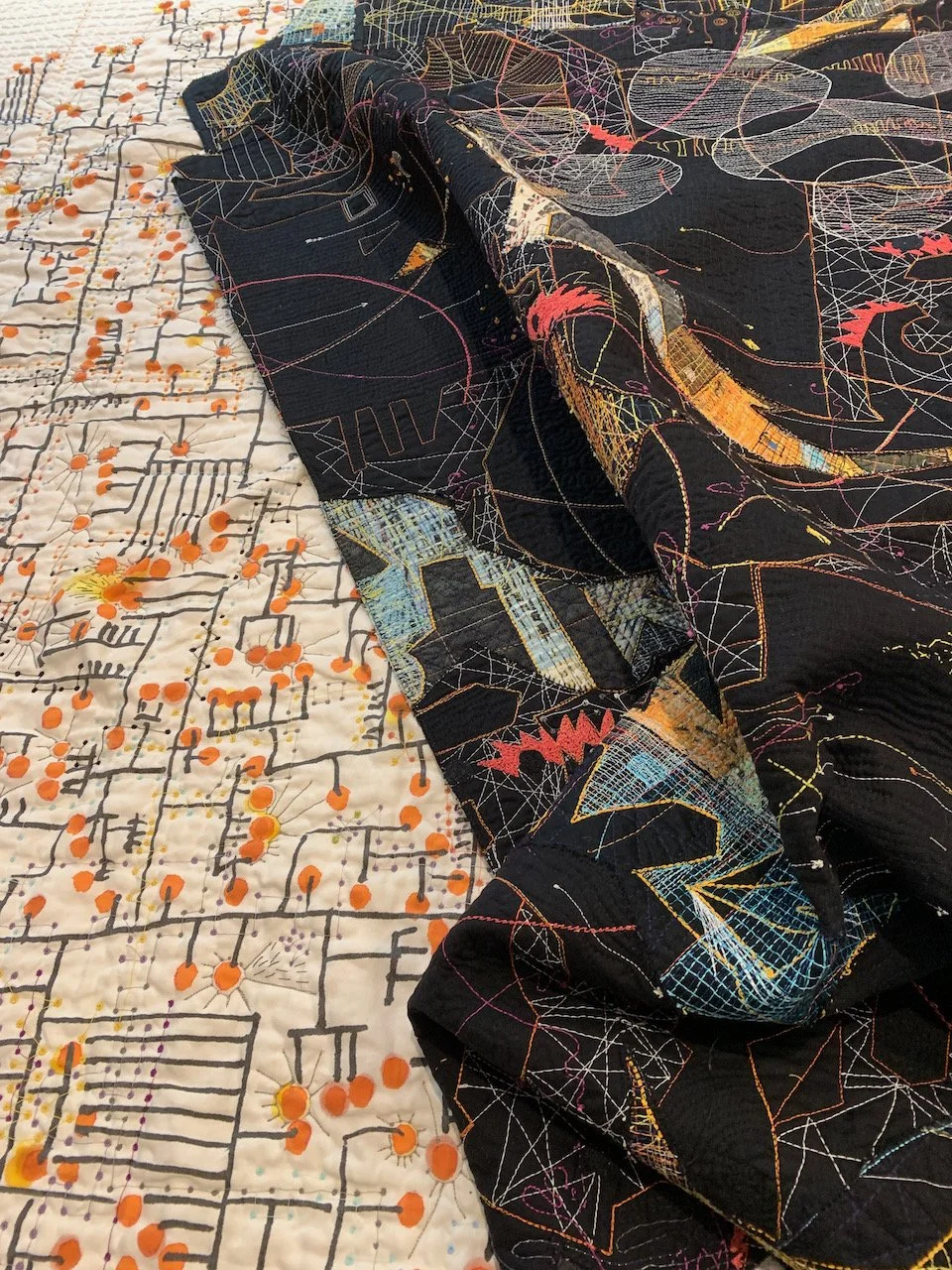As a child my family would travel to lower Lake Michigan for summer holidays. I still remember that slightly moldering smell of my great aunt’s cabins, moss hanging off the roof and long stairways down to some of the most brilliant beaches of my life. Part of the journey to those cabins was watching with fascination and horror as we passed the steel mills and industrial smokestacks in and around Gary, Indiana. There was a smell of sulfur in the air and a certain dread of having to stop there while traveling through. The landscape was muscular, apocalyptic and wholly man-made.
Lake Michigan beaches are crowded with families this weekend.
The Indiana Dunes National Lakeshore hugs this coast and nestles in with the muscle-bound industry here at the base of the lake.
Botanists, politicians, scientists and neighbors all fought for the unique ecosystems represented here. Bogs and wetlands, black oak forests carpeted with ferns, rivers, ponds and of course, the dunes. Mountains of dunes. Dunes that swallow trees, dunes that shelter wildlife, dunes that build and move relentlessly with the action of the wind. Dunes that actually created beaches for the people in Chicago.
My walk today was in a black oak forest at the Indiana Dunes National Lakeshore
I will come to know this area better by spending these two weeks in residency. The National Lakeshore is a string of pearls, preserved and collected piece by piece into an assemblage of unique ecosystems. Though I am still stiff with judgment of how the land has been treated in the past, I see some reluctance on the part of the park rangers to condemn the industry in their midst. I am hopeful that the scientists are paying attention and that the politicians are working hard to save even more of the natural landscape.
Can industry honor the earth and provide jobs at the same time? How does nature adapt to intrusion? The employees of this national lakeshore are here to witness and maintain the sweet origins of the landscape. They educate the public, observe the changing landscapes, and continue the work of the people before them who recognized the richness and diversity of this unique ecosystem.
